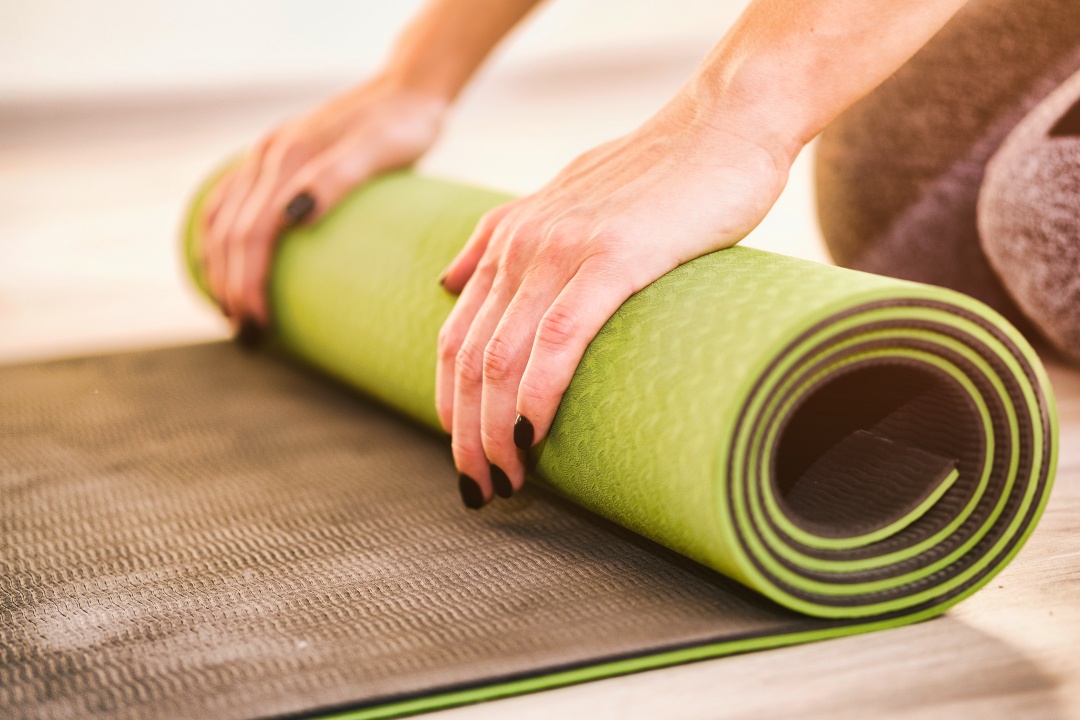Introduction
Yoga, an ancient practice blending physical, mental, and spiritual elements, has become a popular way to maintain wellness. Central to this practice is the yoga mat, a simple yet essential tool for practitioners. This guide aims to navigate the diverse range of yoga mats available, helping you find the one that best suits your needs.
Understanding Yoga Mats
- Material Matters: PVC, rubber, TPE (thermoplastic elastomer), and natural fibers are some of the materials used to make yoga mats. There are variations in the grip, cushioning, and environmental friendliness of each material.
- Thickness and Comfort: A yoga mat’s thickness can vary from a thin 1/16 inch to a thick 1/4 inch. Thicker mats provide more cushioning, ideal for therapeutic practices, while thinner mats offer a solid connection to the floor, preferred for balance-focused asanas.
- Size and Portability: Standard yoga mats are around 68 inches long and 24 inches wide. However, taller individuals might opt for longer mats. If you travel frequently, consider a lightweight and foldable option.
Where to Buy Yoga Mats
- Specialty Stores: Stores like Decathlon offer a wide range of yoga mats catering to different preferences. These stores often have knowledgeable staff to guide your choice.
- Local Shops: Searching for ‘yoga mat shop near me’ can lead you to local stores where you can feel the materials and test the grip of various mats.
- Online Retailers: Online platforms provide the convenience of comparing multiple brands and reading customer reviews. They often have wider selections and competitive pricing.
Selecting the Best Yoga Mat

- Purpose and Practice: Consider the type of yoga you practice. For dynamic styles like Vinyasa, look for a mat with good grip and sweat resistance. For restorative yoga, a softer, more cushioned mat would be ideal.
- Environmental Considerations: Eco-conscious yogis might prefer mats made from sustainable materials like natural rubber or jute.
- Budget and Quality: Balance your budget with the quality of the mat. Investing in a durable, high-quality mat can be more cost-effective in the long run.
Caring for Your Yoga Mat
- Cleaning: Regular cleaning is essential for hygiene and to maintain the mat’s grip. Most mats can be wiped with a mild soap solution, while others might require specific cleaning instructions.
- Storage: Store your mat in a cool, dry place. Avoid direct sunlight to prevent degradation of the material.
- Yoga Mat Covers: A cover can protect your mat from wear and tear and can be easily washed, keeping your mat clean and extending its life.
Conclusion
Choosing the ideal yoga mat is a personal process that is influenced by your budget, environmental ideals, and style of practice. You may choose wisely and improve your yoga practice by being aware of the various features of yoga mats and where to get them.
